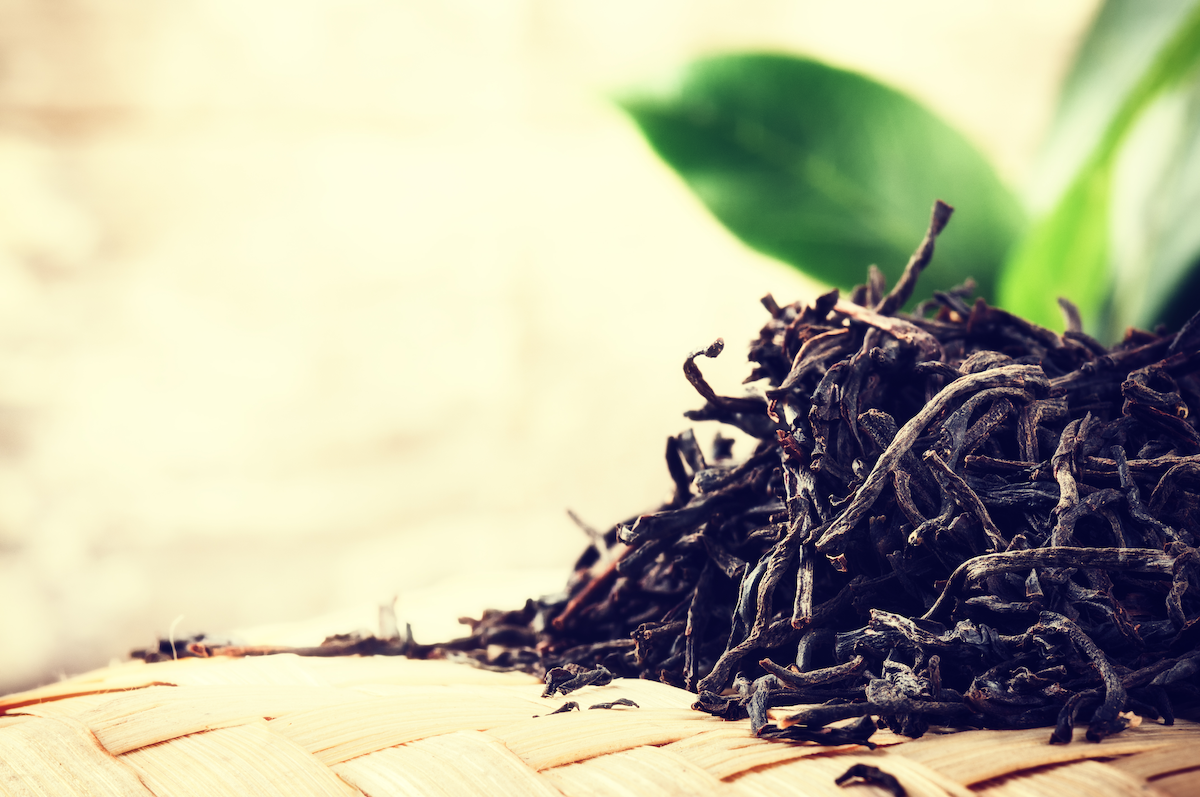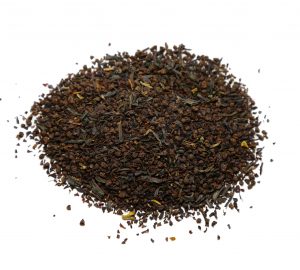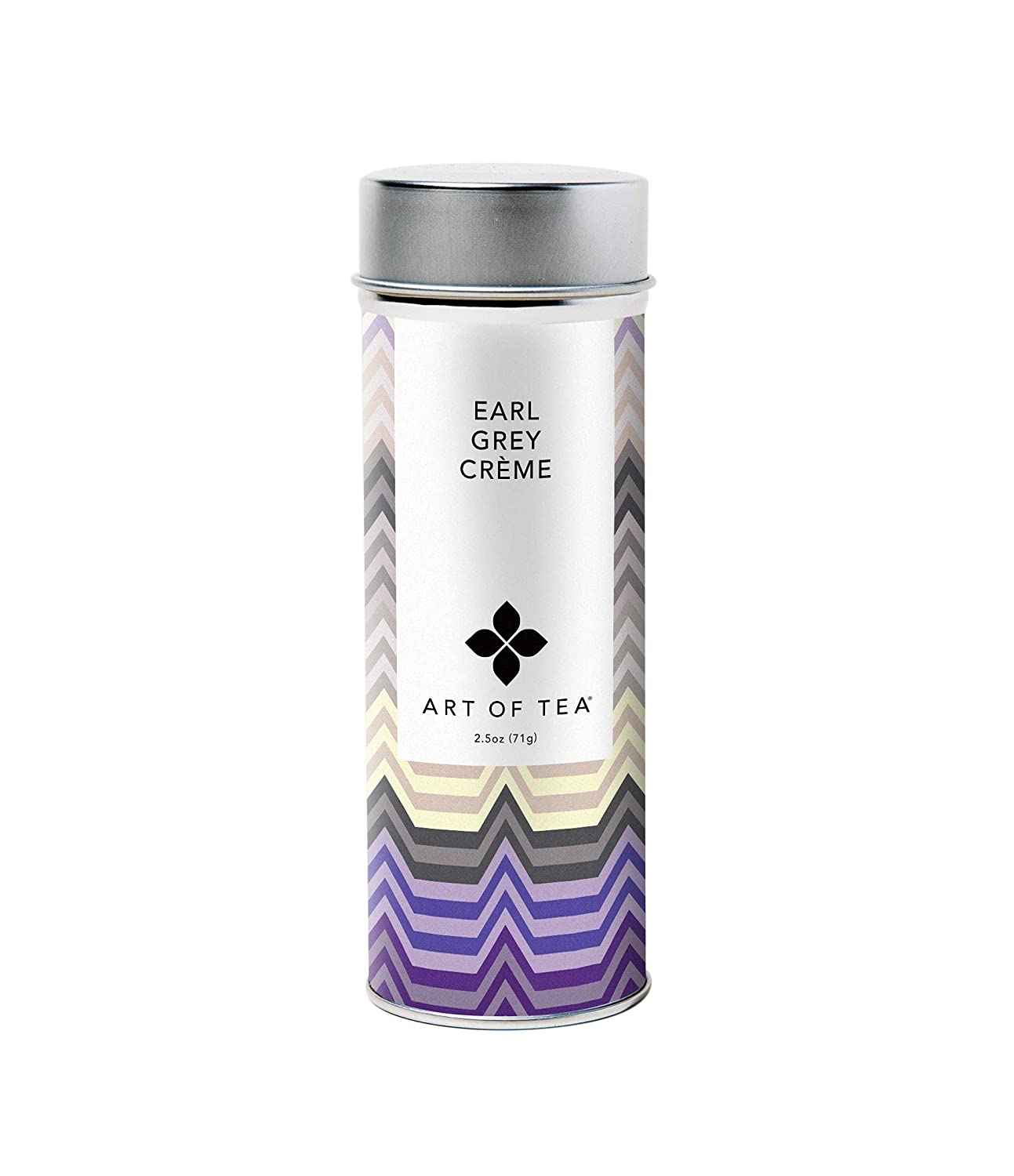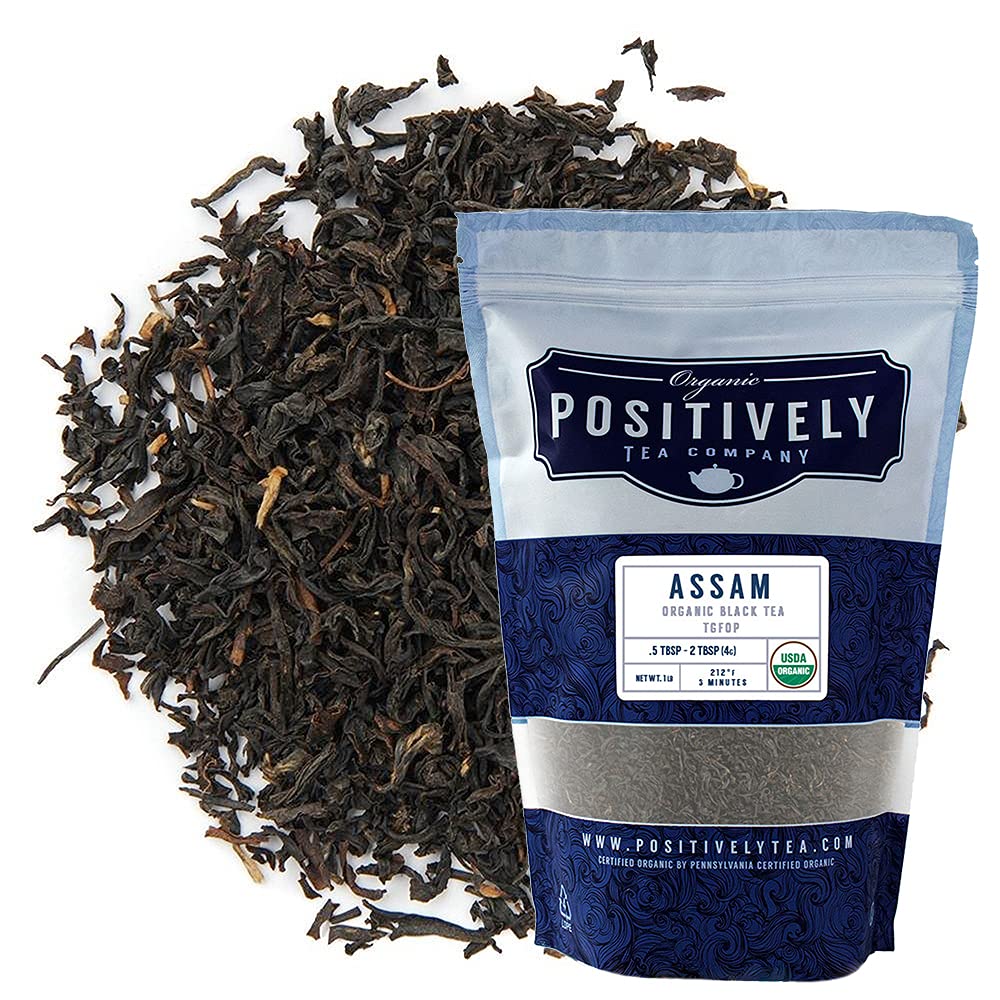Best Black Tea

What Makes a Good Black Tea?
There are a lot of things to consider when choosing a good tea. In our Western culture, black tea blends are the most recognizable and account for more than half of all the tea we consume. Some of our most popular beverages are made with black tea: sweet tea, chai tea, Thai tea, Arnold Palmers, and sun tea to name a few. For these refreshing brews, popular black tea blends like Darjeeling, Earl Grey, and English Breakfast tea are key.
Black tea is more prevalent now than ever before. Coffee shops and grocery stores currently carry dozens of different black tea blends from a variety of teamakers. Modern teamakers have fused the ancient knowledge of growing tea with modern tastes, imbuing their leaves with additional strains and flavors. Visit Velvet Foam for a list of Seattle’s best tea shops and read on for a comprehensive review of three fan-favorite black teas!
How is Black Tea Made?
The first thing to note about modern teas is that they are all variations of the same plant. Camellia Sinensis is the parent plant of both black and green teas (Camellia sinensis assamica and Camellia sinensis sinensis, respectively). Black tea is the large leaf version, which is thought to originate in southwestern China or the Assam region of India. Black tea grows best in a hot and humid environment, such as the Darjeeling region of India, the Ceylon region of Sri Lanka, and Kenya, Africa. Green tea is a smaller leaf version of the parent plant that matures best in the colder, arid climate of China’s mountains.
Though these two teas grow best in opposite climates, they are still two varietals of the same plant. All teas, from white to oolong, can be made from the parent plant. For example, the major difference between black and green tea is the oxidation process. When producing a black tea, the leaves must be allowed to oxidize before drying. Oxidation is the process by which oxygen interacts with the plant’s cell walls, turning the leaves either dark brown or black. This will also alter the tea’s flavor profile, adding smoky or fruity notes that certain teas are famous for.
Green teas are processed as minimally as possible and not as oxidized, hence the lighter color and flavor profiles. Green teas are heated and dried almost immediately after harvesting, which tends to keep more of the original plant intact, lending green teas their grassier, more organic taste.
It is during the oxidation process that a tea’s caffeine profile is also determined. Oxidation tends to increase the caffeine content of both varietals, though black tea is typically cited as having a higher caffeine ratio per serving. Contrary to many opinions, green tea does feature a fair amount of caffeine, though to a lesser degree than most black teas. The caffeine signature of every black tea is determined by its oxidation period and heating and drying time.
How Should Black Tea Taste?
A black tea’s flavor is the result of its harvesting and oxidation process. There are two methods commonly used to craft a delicious black tea:
- The Orthodox Method — A more time-consuming process, which requires whole or only marginally torn leaves for oxidation. In this method, tea leaves are harvested, withered to reduce moisture (dehydrated), crushed or rolled to bruise the leaves, then oxidized (aired out) to cultivate color and flavor. Once these steps are complete, the leaves will be heated to halt oxidation then graded for quality.
- CTC (Crush-Tear-Curl) — In this timesaving method, the leaves are cut up into small pieces instead of being rolled. Cut leaves take less time to oxidize and generally produce a strong black tea. Cut teas are popular for commercial tea companies, as they fit more easily into tea bags.
A good black tea’s flavor profile should reflect its freshness and purity. Less manipulated teas tend to have a stronger, richer flavor that can be stored for longer periods without degrading (think a tinny, pungent black tea). Flavors that are common and very popular tend to lean toward earthy, nutty, fruity, sweet, or spicy. The best black teas are both strong and flavorful: a direct product of their processing. Rule of thumb: Always opt for teamakers that utilize one of either of the above methods to craft their teas.
Three Brilliant Black Teas
Now that we have a basic understanding of the difference between black and green teas, how each is made, and what they should taste like, let’s review a few black teas that really stand out. In terms of quality, flavor, and purity, these three black tea blends really shine.
1. Tea Mind Body Black Tea (Loose Leaf)
Tea Mind Body is a family owned tea business that only sells organic teas and herbs. One of their best sellers and best tasting teas is their Organic Black Tea which is an uplifting blend of Nilgiri tea and Yunnan golden buds. The company takes the greatest care of their varietals from soil to harvest. Tea Mind Body adheres to a fully organic approach to tea growth and cultivation to exceed international quality standards. Their organic black tea blend is sourced from family-owned organic tea gardens in India and China.
Tea Mind Body Black Tea is known for its bold, nutty, and sweet flavor. This black tea can be enjoyed any time of day with a meal or on its own.
2. Art of Tea’s Classic Black Tea
When it comes to both creative and classic tea blends, Art of Tea certainly has the market cornered. From their ethically sourced parent plants and varietals to their blending and handling, Art of Tea displays both a deep passion for their craft and a love of time-honored tradition. Art of Tea is an importer and wholesaler of fine teas based in Los Angeles, CA. Their organic teas are carefully selected directly from growers, then hand-blended to craft the finest blends and botanicals. Every tea carries its own unique story.
Art of Tea’s Classic Black Tea is a medium-strength black tea, hand-blended with brisk eucalyptus and smooth Yunnan leaves. This whole-leaf Classic Black Tea is blended to be enjoyed at any time of day and pairs well with a post-lunch snack or pre-dinner appetizer. Its crisp but mild flavor is sure to please any palate.
3. Organic Positively Tea Company’s Assam Black Tea (TGFOP)
Positively Tea Company is a USDA Certified Organic tea company that features the highest quality loose-leaf teas from around the globe. Every tea is ethically sourced directly from growers, blended fresh, and free of artificial flavors, harsh chemicals, and GMOs. With over sixty incredible teas and blends to choose from, they have an unmatched selection for even the most discerning palate.
Positively Tea Company’s Assam Black Tea is a bold, sweet choice to add to our list of fine black teas. This tea’s complex and robust flavor carries a sweet, honey-like undernote that comfortably stands alone or pairs quite well with a light breakfast. This tea is blended for maximum caffeine content and will please even the sternest coffee addict.




